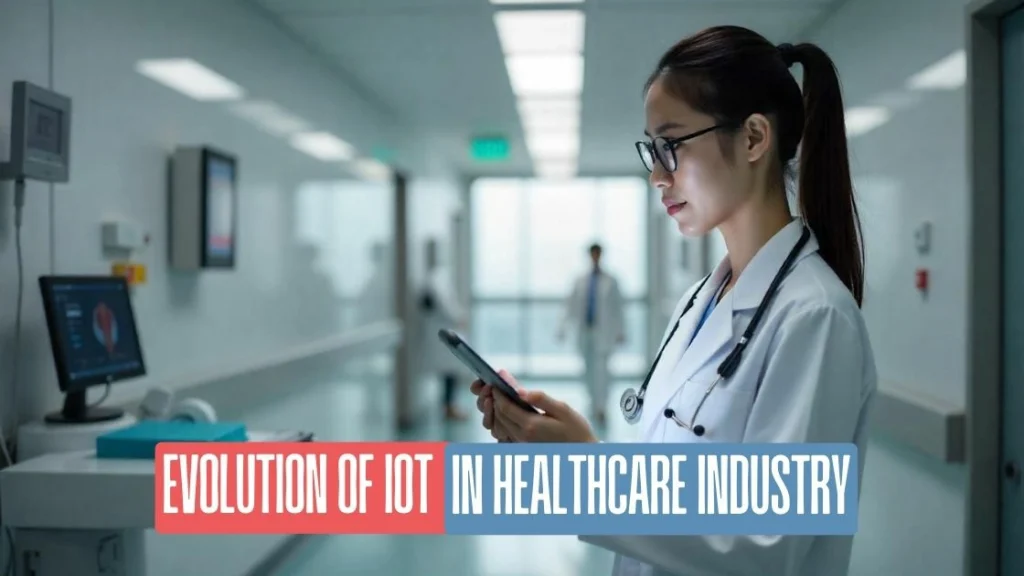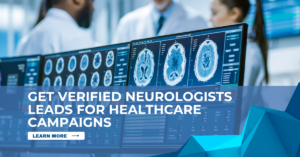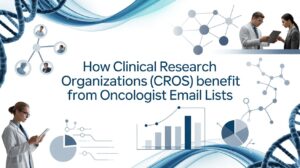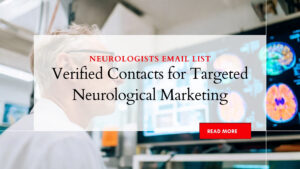Introduction: The Shift Towards Connected Healthcare
The integration of the Internet of Things (IoT) into the healthcare sector has dramatically reshaped how medical care is delivered, managed, and experienced. What was once a futuristic idea is now a critical component of modern healthcare systems. From real-time patient monitoring to AI-integrated diagnostics, IoT has introduced a data-centric approach that enhances clinical outcomes and operational efficiency. This blog dives into the evolution of IoT in the healthcare industry—its milestones, benefits, obstacles, and what lies ahead.
From Concept to Clinical: The Initial Impact of IoT in Healthcare
The earliest use cases of IoT in medicine laid a strong foundation for innovation. Initially, healthcare providers began leveraging connected tools that enabled better monitoring and early detection. Examples include:
- Implantable Cardiac Devices: Pacemakers and defibrillators were among the first to incorporate remote monitoring, allowing clinicians to track patient health and prevent complications.
- Connected Glucose Monitors: These tools gave individuals with diabetes greater control over their health, with automated data sharing to caregivers.
- Foundational Telemedicine Systems: While rudimentary, early telehealth services provided the first glimpse of remote care and virtual consultation possibilities.
These breakthroughs proved that connected technology could play a vital role in improving treatment quality and patient engagement.
Key Innovations Powering IoT in Today’s Healthcare
Over time, IoT technology matured, resulting in widespread adoption and more sophisticated applications. Major advancements include:
- Wearable Health Tech: Devices like smartwatches, fitness trackers, and biosensors now monitor heart rate, activity levels, sleep patterns, and more—supporting preventive care and lifestyle adjustments.
- Remote Patient Monitoring (RPM): Healthcare providers use RPM systems to keep tabs on patients with chronic illnesses, allowing timely interventions and reducing unnecessary hospital admissions.
- Smart Hospital Systems: IoT-enabled hospital beds, automated task alerts, and asset tracking through real-time location systems (RTLS) have streamlined workflows, enhancing patient care and resource utilization.
- Predictive Analytics with AI: Integrating AI with IoT data enables predictive healthcare, where trends in patient metrics trigger alerts before health issues escalate.
- Blockchain for Data Security: To address privacy concerns, blockchain ensures secure, transparent, and tamper-proof medical data sharing across institutions.
Benefits of IoT in Healthcare: Delivering Meaningful Outcomes
The digital transformation fueled by IoT has significantly advanced both clinical and administrative functions. Key benefits include:
- Real-Time Patient Insights: Instant access to patient data enables physicians to create customized care plans, monitor progress continuously, and make informed decisions quickly.
- Operational Efficiency: Automating routine tasks, streamlining inventory management, and optimizing workflows help reduce overhead costs and administrative burden.
- Faster Clinical Research: IoT devices collect continuous, real-world patient data that accelerates research, drug development, and clinical trial efficiency.
- Cost-Effective and Accessible Care: IoT supports remote monitoring and telehealth, reducing patient travel costs and expanding access to care in rural or underserved areas.
Barriers to Widespread IoT Adoption in Healthcare
Despite its promise, several challenges must be addressed to unlock the full potential of IoT in the healthcare industry:
- Cybersecurity Risks: With sensitive health data flowing across devices and platforms, robust security frameworks are crucial to prevent data breaches and uphold patient confidentiality.
- Integration and Interoperability: Devices and systems from different vendors must work seamlessly. Without standardization, data silos and communication gaps can undermine efficiency.
- Regulatory Compliance: IoT solutions must comply with laws like HIPAA and GDPR, requiring strict protocols for handling, transmitting, and storing medical information.
What the Future Holds: Emerging Trends in IoT for Healthcare
The evolution of IoT is far from complete. Exciting innovations are on the horizon that promise to further revolutionize healthcare delivery:
- 5G Connectivity: The rollout of 5G will dramatically enhance the speed and reliability of connected devices, allowing more responsive and data-heavy applications.
- Smarter Implants: Next-generation implants will actively monitor and respond to bodily changes, offering real-time therapy adjustments based on patient feedback.
- AI-Enhanced Diagnostics: As IoT devices gather vast amounts of data, AI will interpret it with greater precision, supporting more accurate and early diagnoses.
- Ambient Intelligence: Hospitals may adopt sensor-based environments that intuitively adjust lighting, temperature, and alerts to enhance recovery and safety.
Conclusion: The Future is Now
The evolution of IoT in the healthcare industry is not just a tale of tech innovation—it’s a transformative movement redefining the standards of care. From enhancing patient engagement to optimizing medical operations, IoT is enabling smarter, faster, and more compassionate healthcare. While challenges such as data security and integration persist, the future holds immense promise.
As technology continues to advance, the synergy between IoT, AI, and patient-centric care will pave the way for a more resilient and responsive healthcare system. The next chapter of healthcare is already unfolding—and it’s more connected, intelligent, and personalized than ever before.
Visit our website Med Stream Data for more healthcare industry related information!







